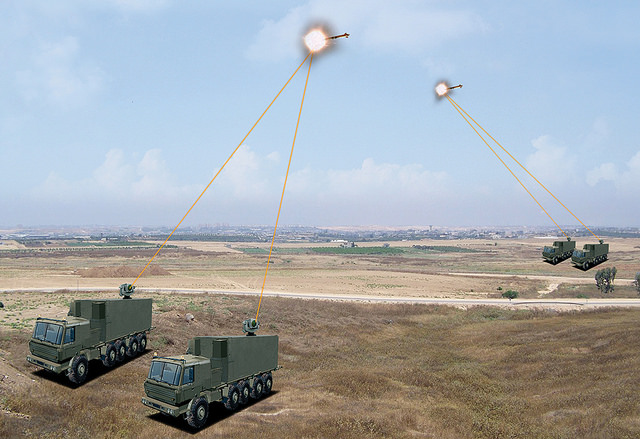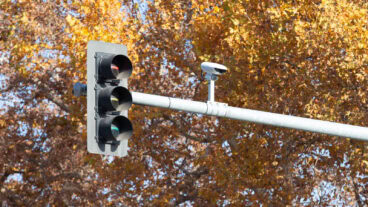In 2005, Brig. Gen. Daniel Gold proposed a missile-defense system to a skeptical Israeli defense establishment. Gold headed R&D at the Ministry of Defense at the time, and was ready to go it alone with private funding if the powers-that-be didn’t buy into his vision. They eventually did, assigning the project to Rafael Advanced Defense Systems.
The resulting Iron Dome changed the face of two wars –2012’s Operation Pillar of Defense and Protective Edge in 2014 – and Gold won the Israel Defense Prize for spearheading the project, whose breathtaking effectiveness at interception saved countless lives as nearly 3,500 missiles were fired at Israel over a month’s time this summer.
Israelis have shown their love for Iron Dome in creative ways, from Iron Dome tattoos and videos to an (unsuccessful, so far) Indiegogo campaign to create Iron Dome condoms with 25 percent of the proceeds going to the IDF. Iron Dome t-shirts and sweatshirts are selling well at Tel Aviv’s Carmel Market.
But in future wars – whether with Hamas in the Gaza Strip or elsewhere – Israel’s defense planners will have to come up with improved solutions to counter the undoubtedly upgraded weapons coming from its adversaries. So what’s next?
How about lasers instead of rockets?
Rafael is now hard at work on the “Iron Beam” high-energy laser (HEL) system, which can take out missiles, mortars and even drones. The land-based system was unveiled at the Singapore Air Show earlier this year. It uses a pair of multi-kilowatt solid-state lasers to knock out incoming projectiles up to a range of about two kilometers. The prototype is mounted on a truck, but it could be fitted to an armored vehicle as well.
When Iron Beam’s radar detects an incoming missile, a thermal camera takes over the tracking until the missile is engaged by two HELs at once. The lasers focus their beams on an area about the size of a coin and currently have a power of tens of kilowatts. That’s expected to increase to hundreds of kilowatts in the future.
Iron Beam is far from completion and only 100 test firings have taken place so far with a very good success rate, according to an interview with Rafael’s deputy general manager of marketing and business development in Jane’s Defense Weekly.
Rafael’s CEO Yedidya Yaari told the Israel Defense Website last February that Iron Beam can bring down “mortars like flies.”
Rafael is not authorizing interviews on Iron Beam yet, but a Jane’s report from the Singapore show revealed that Iron Beam’s main advantage over Iron Dome is that it costs almost nothing per use and there are no limits on the number of shots it can take. In addition, unlike a missile-based system, Iron Beam cannot miss its target and cause collateral damage.
Iron Beam, like Iron Dome, will have significant export applications outside of Israel as the threat from missiles is, sadly, only increasing around the world.














